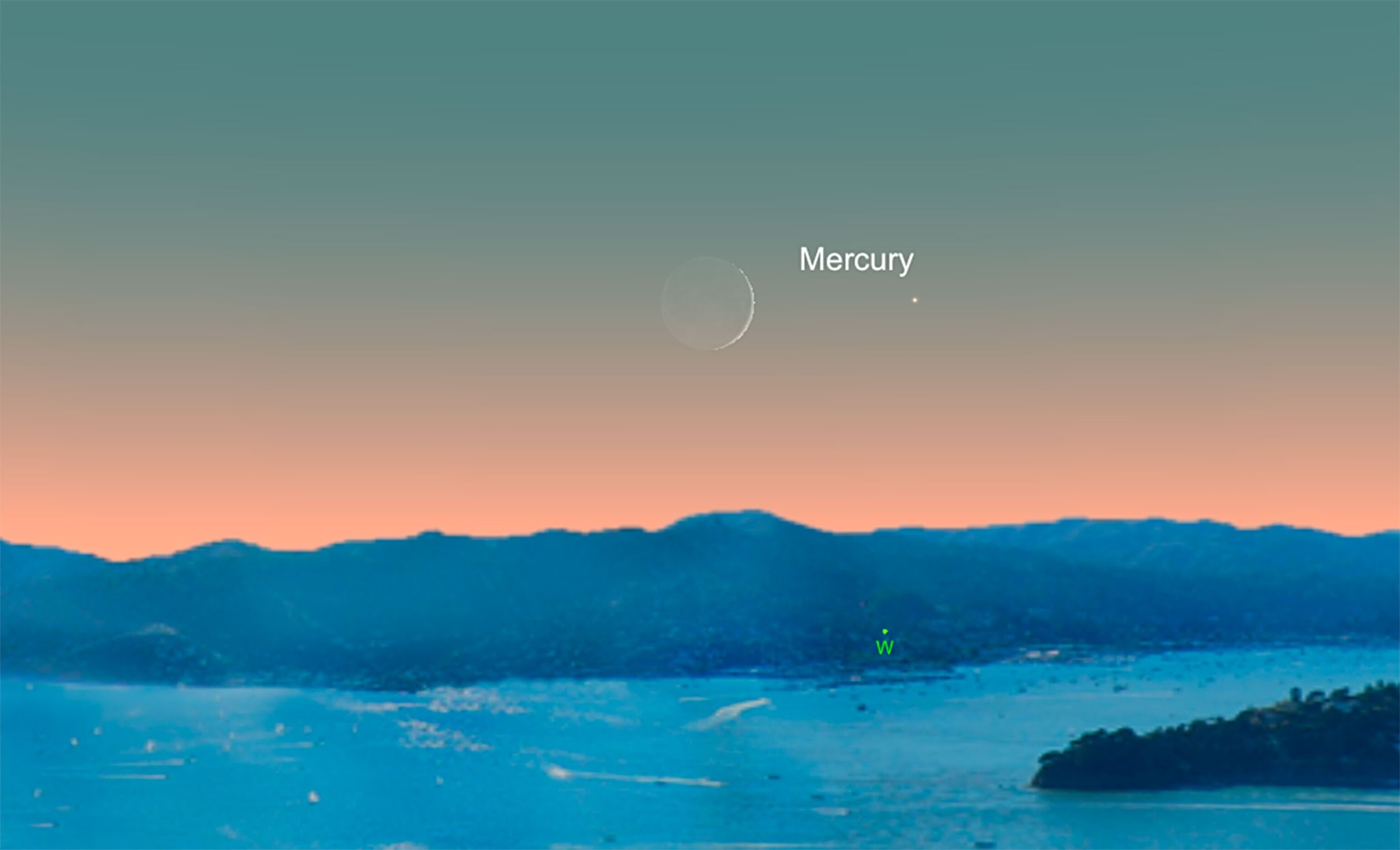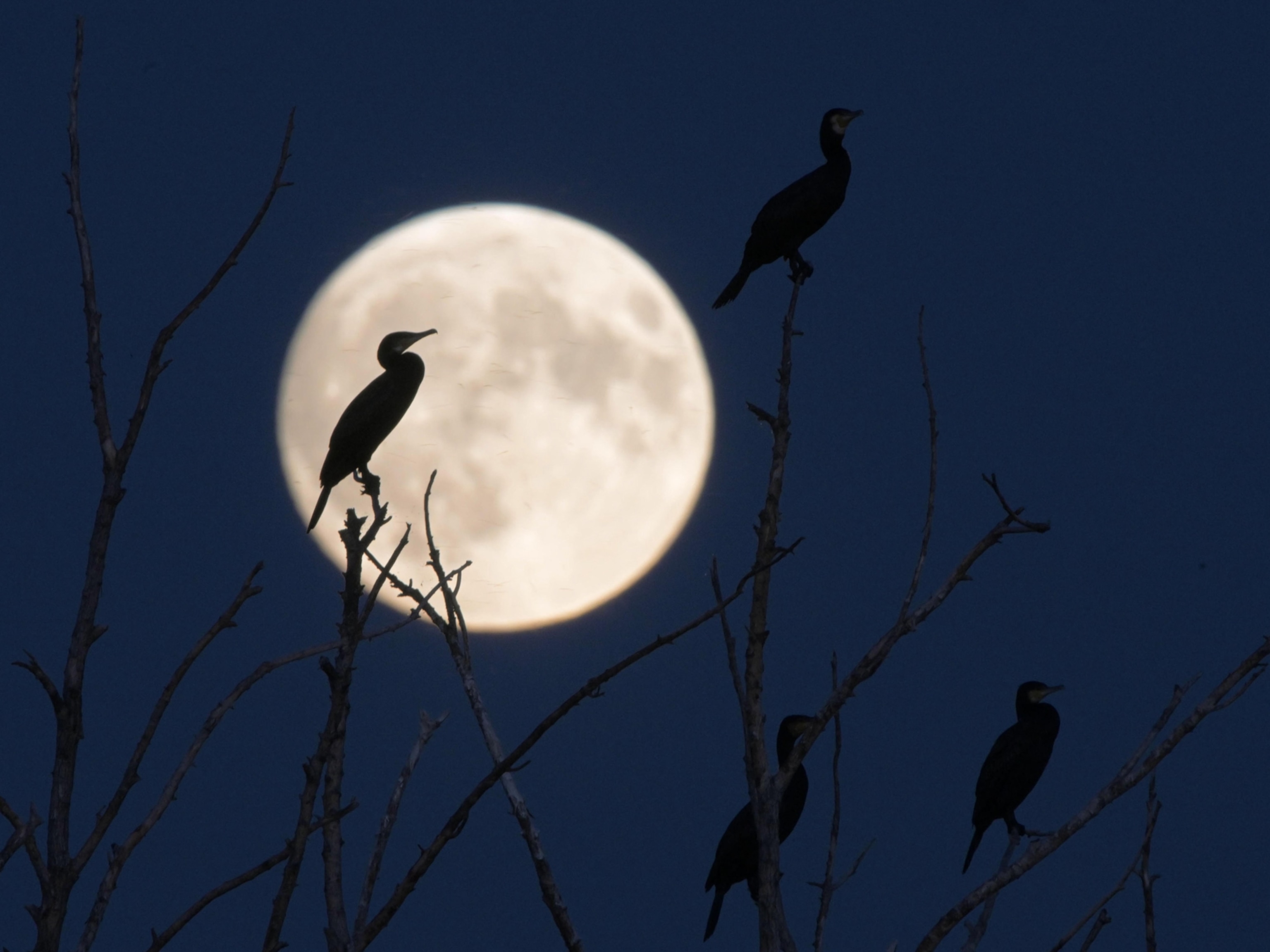
This Week's Night Sky: Meteor Shower and a Dip in Lagoon Nebula
Wispy filaments and bright knots of gas hide within a cosmic gem.
Perseids peak. Before dawn on Wednesday, Thursday, and Friday, look for a flurry of shooting stars from the annual Perseid meteor shower.
With a moonless sky coinciding with the Perseids’ peak, expect a great performance this year. Find a spot that has a clear view of most of the overhead sky and face the northeast. In the dark countryside, as many as 60 to 100 meteors per hour may be visible. There’s no need for binoculars or a telescope; the best way to enjoy the show is to sit back on a reclining lawn chair or blanket and count your wishes.
Cosmic teapot. Friday night’s new moon will be a good time to track down the great celestial “teapot” and its treasures, which are now visible in the southern sky.

Located in the zodiacal constellation Sagittarius, this distinct stellar pattern—complete with handle, lid and spout--marks the heart of the mythical centaur. For even the seasoned stargazer, tracing out the figure of a centaur takes some imagination, but the familiar form of the teapot is rather easy to see.
Away from light polluted cities, the teapot appears to be tipped, with cosmic steam rising into the sky. The pale diffuse band of light arching overhead from north to south is what we call the Milky Way—the ghostly glow from the gas, dust and billions of suns that make up our home galaxy. In the direction of the teapot, we are looking toward the galaxy’s central hub, over 30,000 light-years away.
If you are stuck in the suburbs, you can still observe the Milky Way using binoculars to scan above the teapot. It makes for a great celestial tour.

Lagoon nebula. Sagittarius offers another attraction for binocular and telescope users--the giant gas cloud called the Lagoon nebula. Under dark skies, the faint fuzzy glow of this cosmic gem can be seen with even the naked eye.
Located about 6,500 light-years from Earth, the red-and-orange-hued Lagoon has a cluster of hundreds of young stars nestled within its core. These newborns emit massive amounts of radiation that make the surrounding hydrogen gas glow.
The Lagoon nebula, also known as Messier 8, got its name back in the 1800s when telescope observers first noted the deep, dark furrow that cuts across the middle of the nebula. Viewing the Lagoon from a dark location through a telescope will showcase many other complex structures, such as wispy filaments and bright knots of gas, with clusters of stars scattered within and around the cloud, making the nebula a favourite target for stargazers around the world.
The moon and Mercury. Look toward the low west after sunset on Sunday to find a razor-thin crescent moon. As an added observing challenge, the faint planet Mercury will be parked to the moon’s right. The two objects will be only 5 degrees apart--about equal to the width of your three middle fingers held at arm’s length.
Try using binoculars to cut through the glare of the sunset, and remember to find a viewing location that has a clear line of sight toward the western horizon.
Clear skies!
Follow Andrew Fazekas, the Night Sky Guy, on Twitter, Facebook, and his website.





